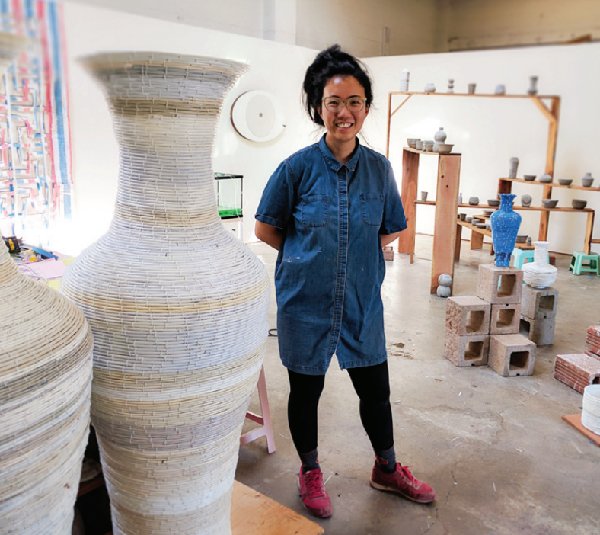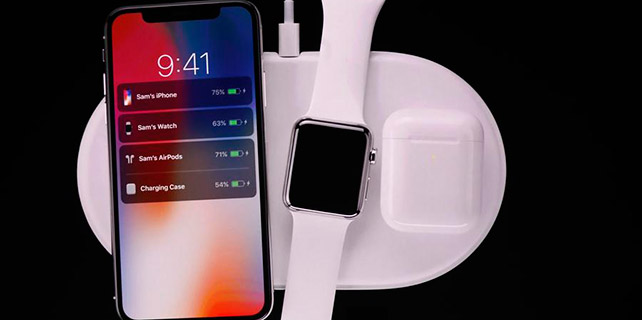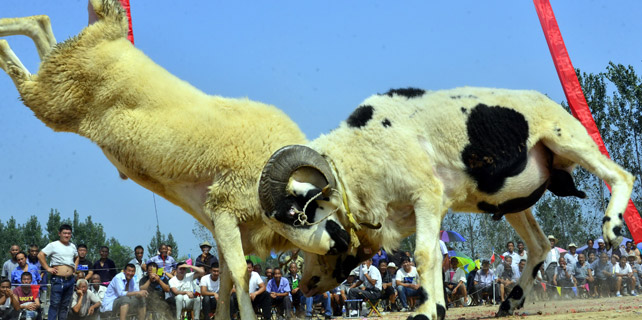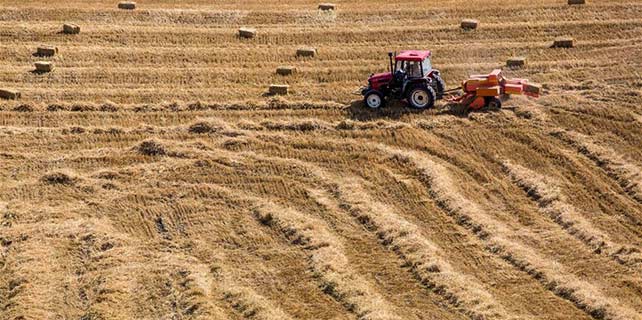Artist explores identity through recyclable trash
 |
|
Cathy Lu, a ceramics artist, works on a traditional "vase" with recycled cables in a studio at Recology San Francisco. LIA ZHU / CHINA DAILY |
Where else could garbage end up besides in landfills?
A San Francisco-based artist may have an answer.
Cathy Lu, a Chinese-American ceramics artist, tries to explore how Chinese art and cultural objects are understood in the US through her artworks made of garbage scavenged from the public disposal and recyclables area at Recology San Francisco, a waste management company.
"As an artist, I'm interested in Chinese-American identity and culture, and how objects relate to the idea of authenticity and culture," said Lu, who also teaches at the department of art and art history of Sonoma State University.
"You can go to a museum and see a beautiful blue and white vase, and when you go to Chinatown and see a similar blue and white vase, you have very different ideas of value and authenticity," she explained.
During her four-month residency, which concludes on Sept 22 with a public exhibition at Recology San Francisco, she investigates how value and meaning are attributed to objects and what constitutes cultural "authenticity" in a transnational world.
In the company's studio, Lu was working on a series of traditional Chinese vases, in which she applied pottery techniques to non-ceramic materials, such as coiling ethernet and coaxial cable in the same way one would coil clay, to produce her own versions of classical Chinese vessel forms.
Her inspiration comes from her family members, who immigrated to the US from Taiwan. She said she still remembers how her dad created his own dishes by substituting ingredients, like replacing white cabbage with a different kind of lettuce.
"For me, it's been interesting to make really fancy ceramics but with different materials, like cables, foam, plastic tubes,"Lu said. "It also makes it a little bit more interesting, because once you change the materials to make whatever the original concept was, you change it."
Shipwrecked ceramics, curious forms created when corals and shells grow on ancient pottery trapped under the sea, also are a reference point.
Lu created vessels out of plastic tubing attached to large pieces of coral. The work suggests people's impact on nature and the modern version of shipwrecks -shipping containers lost at sea that spill products, often plastic, into oceans.
Other "garbage" she scavenged includes the ubiquitous red-, blue- and white-striped laundry bags and concrete, which she cast in various containers, including Asian food packaging and dishware resulting in forms both abstract and familiar.
The Asian noodles in grocery stores are carefully packaged so that they seem more Asian to impart the authentic taste to the food, Lu said.
When she was at the dump, she tried to find vessels and objects associated with Chinese culture that differed in value, like plastic versus ceramic or glass. She also found some concrete mix, so she mixed the concrete and poured it into the vessels.
"When you look at the inside shapes, you can't necessarily tell their original packaging, like there's no way to tell their differences in value," Lu said.
"The first time I went to the dump, there was a mountain of garbage, and it was coming in all the time, like non-stop. It made me realize that people are throwing away things that are perfectly usable... I feel good to be able to reuse those items."
liazhu@chinadailyusa.com









